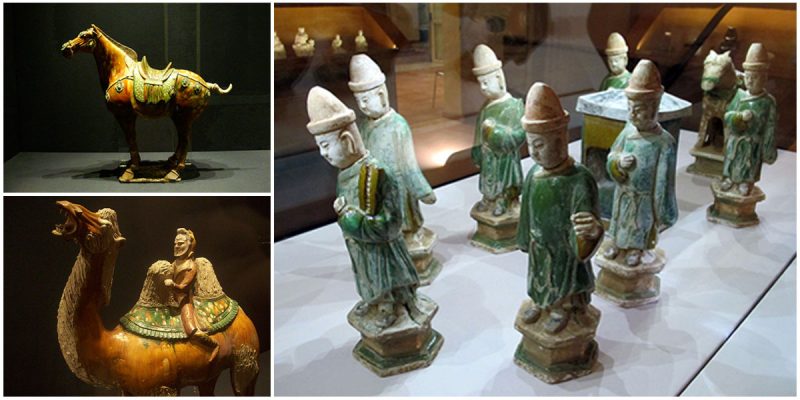Sancai (three-colors) pottery is a particular kind of pottery that evolved in the Tang Dynasty, during the late 7th and early 8th-century.
It is a type of lead-glazed earthenware figures and vessels intended exclusively for burial, and it follows the development of green-glazed pottery dating back to the Han period (25-220 AD).
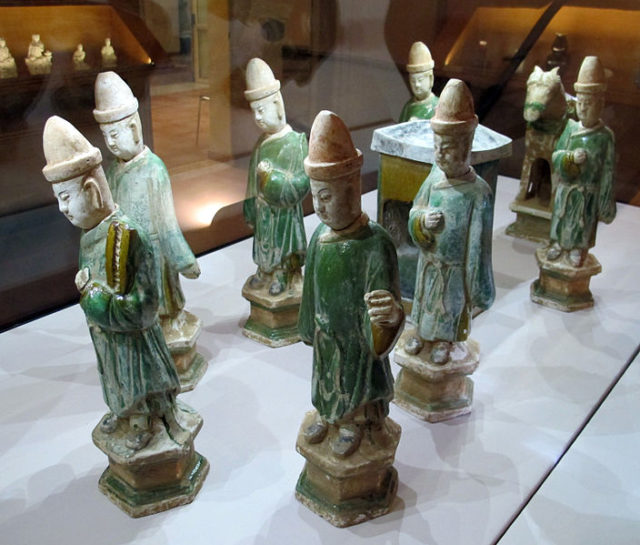
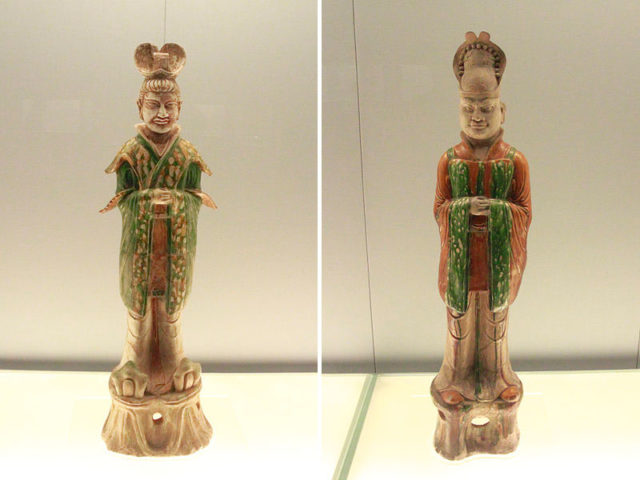
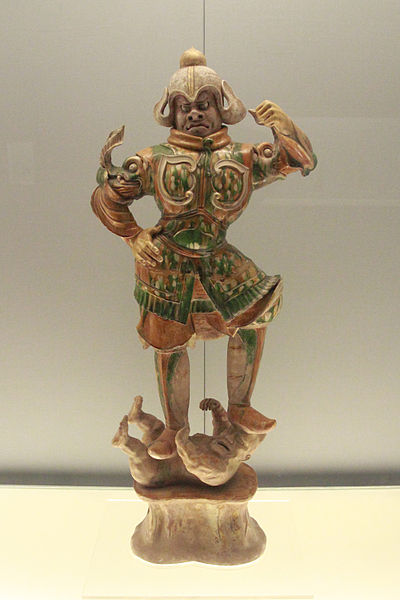
The Tang craftsmen drew inspiration from master painters and sculptors combining them together to create these astonishing figures. Sancai wares are among the most charming types of Chinese ceramics, known as a shining treasure among ancient Chinese pottery.
They were produced at a limited number of kilns, and the Tang government directly managed some sancai kilns. Since almost all of the pieces were originally burial objects, the Ceramic style did not attract collectors in earlier times.
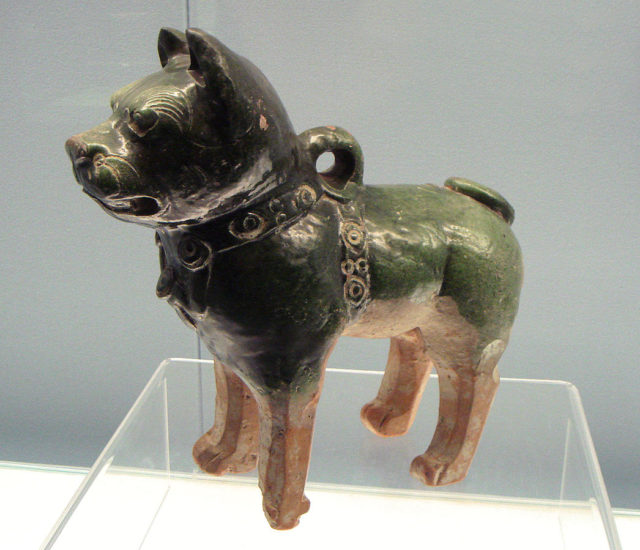
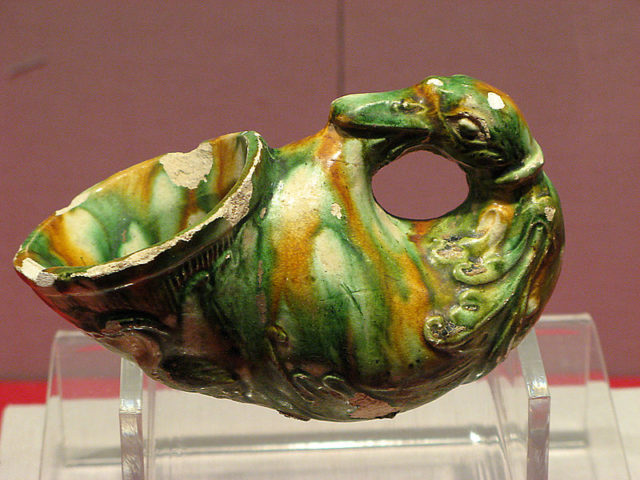
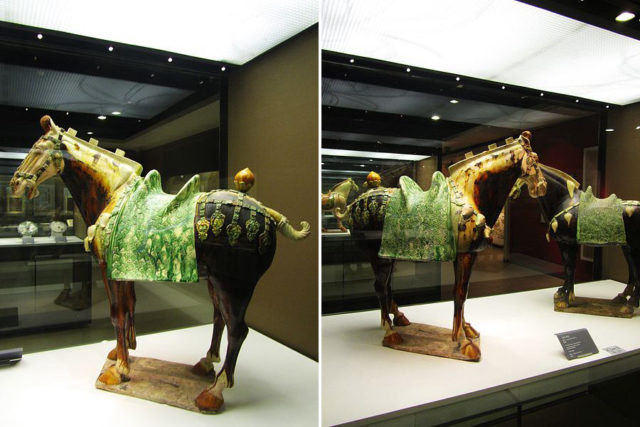
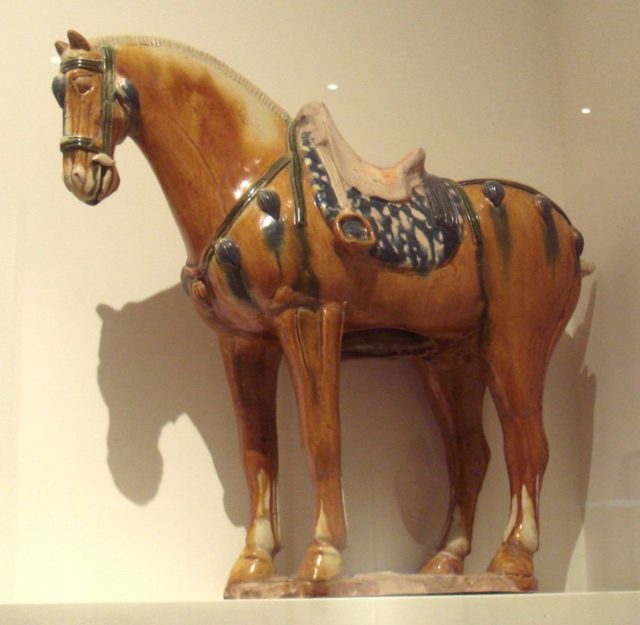
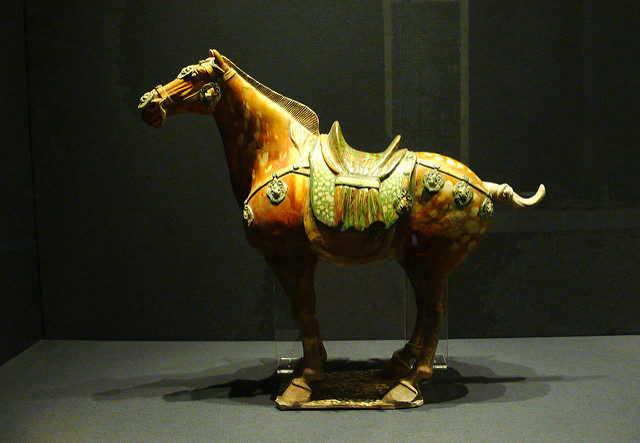
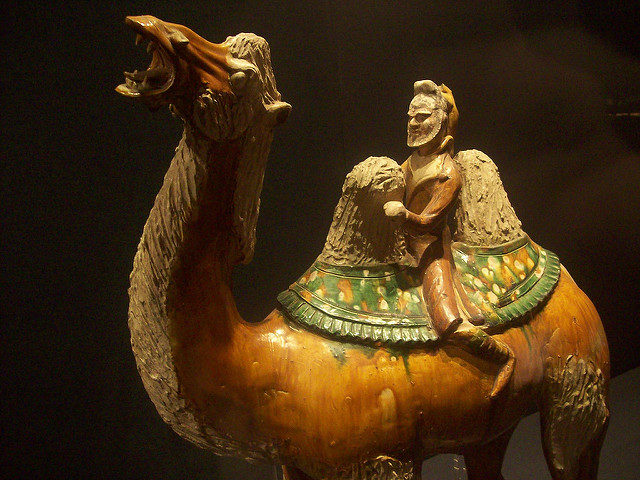
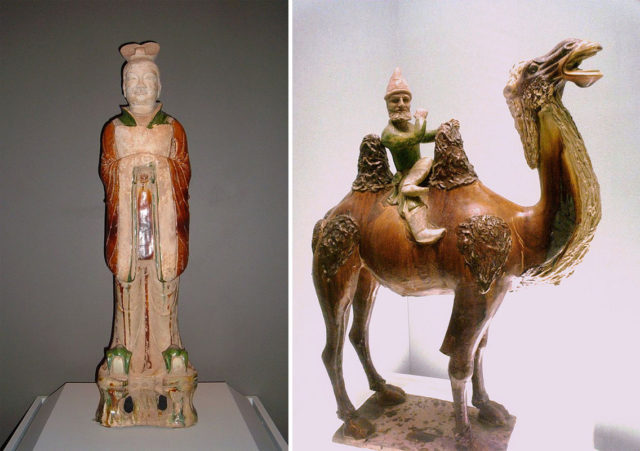
People have found a variety of three-colored glazed burial wares in many tombs of the Tang Dynasty. The pieces were commonly shaped as soldiers, slaves, and foreigners.
The largest and most popular ones were the representations of camels and horses that were cast in sections, in molds with the parts luted together using clay slip. In some cases, a degree of individuality was imparted to the assembled figurines by hand-carving.
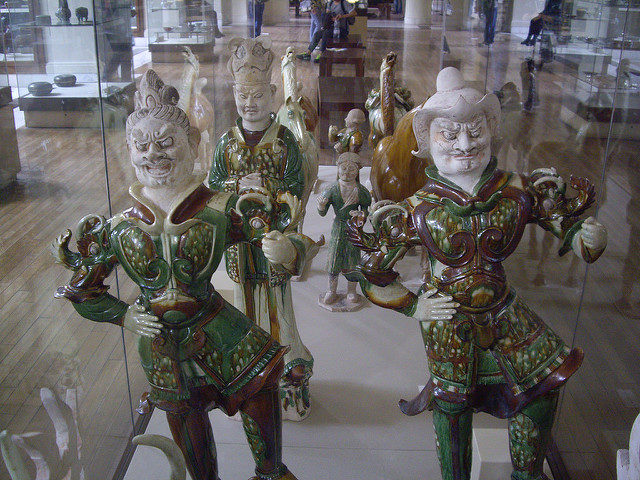
It is a type of decoration on Chinese pottery which is made by using mainly three colors. However, the colors of the glazes which were used to decorate the wares of the Tang Dynasty were not limited to three in number. Sometimes, for their use of green, yellow, and white, sancai wares were referred to as egg-and-spinach by collectors in the West.
Sancai continued to be produced in later periods, very often for large items made for temples and it also became a popular style in Japanese and other East Asian ceramic arts.
